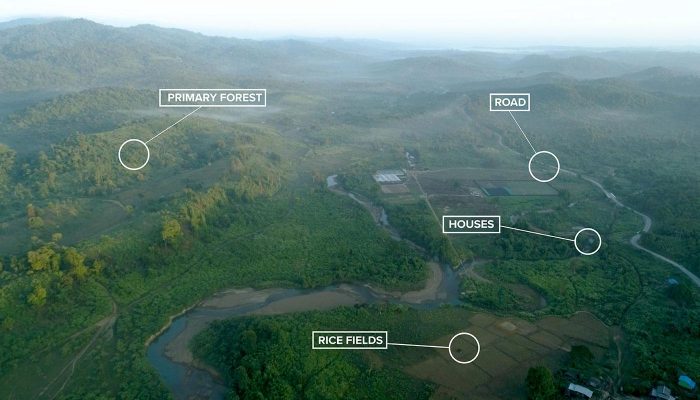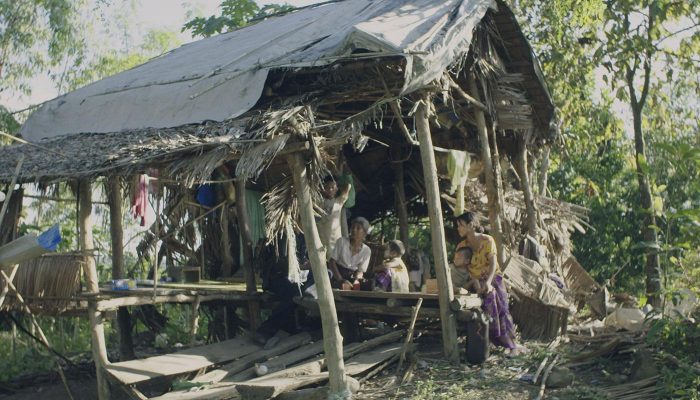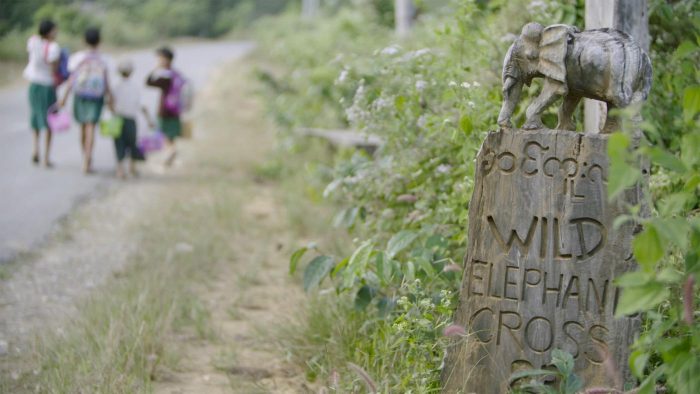Field in Focus | Saving Elephants in Myanmar (Part 2)
For decades, scientists with the Smithsonian Conservation Biology Institute’s Conservation Ecology Center and partners have traveled to Myanmar to study Asian elephants, a species threatened by poaching, habitat loss and human-elephant conflict. Only 30,000 to 50,000 remain in the wild, scattered throughout fragmented habitats across 13 countries in Asia.
Part 2: Human-elephant conflict
Humans and elephants have coexisted in Asia for thousands of years, but how people interact with land and with elephants is changing. As a result, human-elephant conflict has becoming increasingly more common. Tracking elephant movement allows scientists to identify at-risk areas and develop strategies to minimize conflict.

Myanmar is covered in more than 160,000 square miles of forest. Seventy years ago, about 10,000 elephants inhabited the region, but today Myanmar is only home to about 2,000 wild elephants. These animals often forage in the areas between intact, primary forest and human development.

As habitat is cut down and cleared for rice paddies, palm oil production and other agriculture, humans find themselves in closer proximity to wild elephants. Even a small group of elephants has the potential to destroy a family’s livelihood.

GPS collars allow scientists to see how elephants move in almost real-time. Understanding how these animals navigate their changing environment can help local communities develop land-use strategies that decrease conflict, so elephants and people can live more peacefully together.
Posted: 8 May 2019







